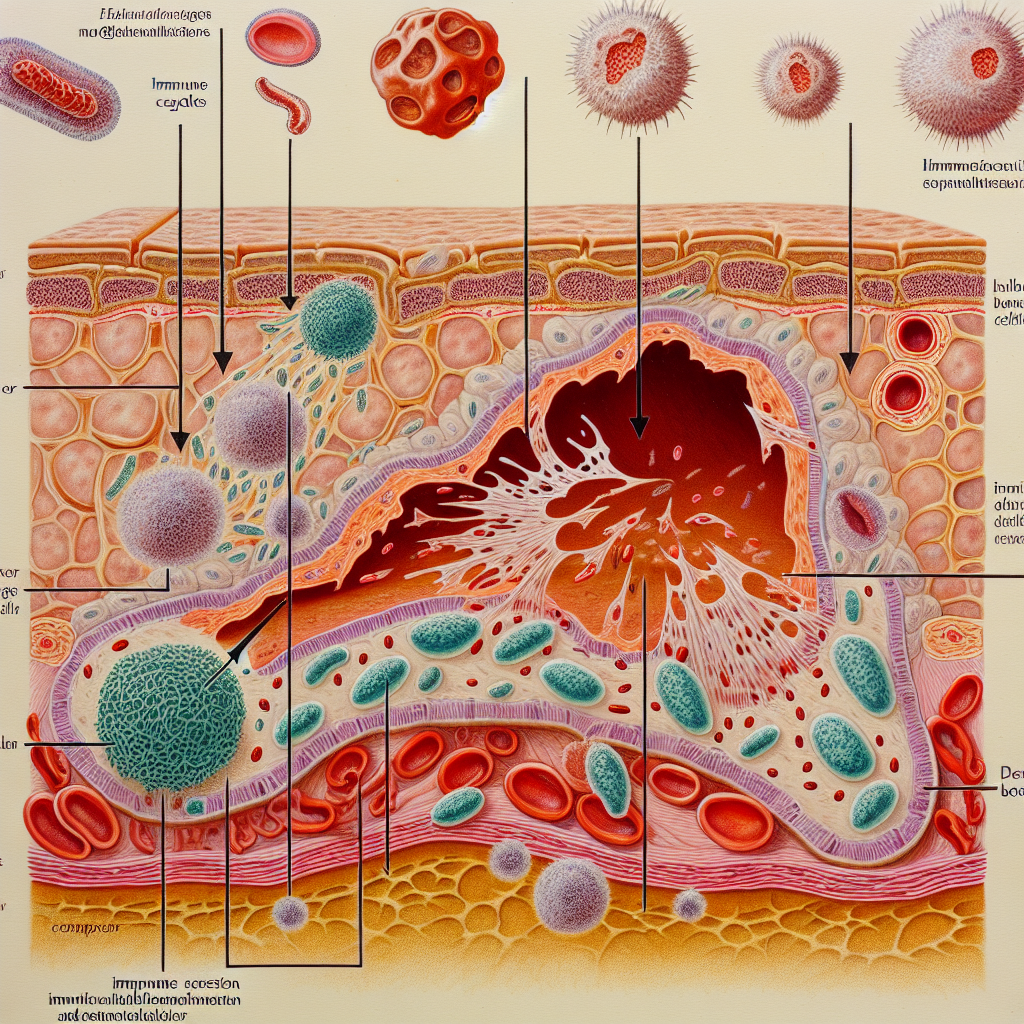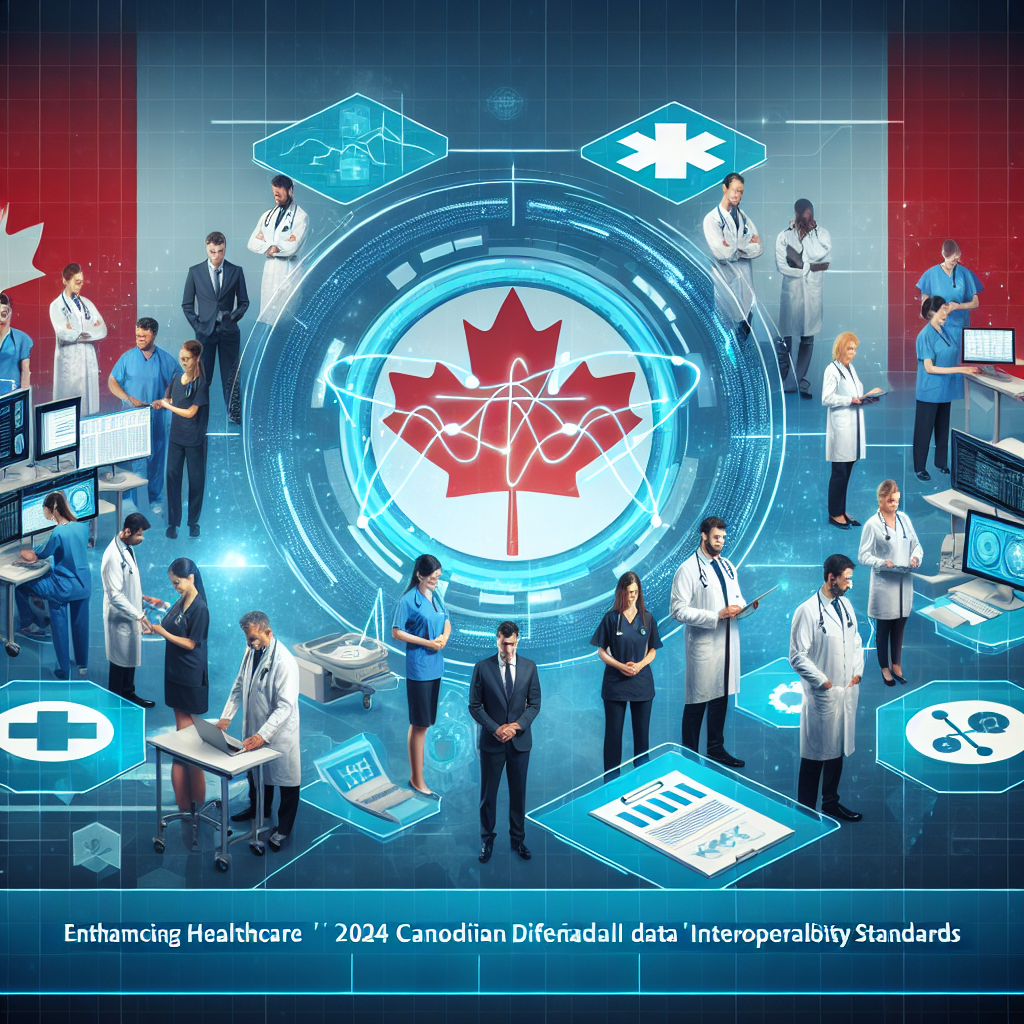===
Why do abscesses form? This question is more than just a biological curiosity; it strikes at the heart of health concerns that can affect anyone. An abscess, a painful collection of pus that forms due to infection, can be alarming and indicative of underlying health issues. Understanding the mechanisms behind abscess formation not only addresses immediate discomfort but also empowers individuals to take preventive measures. This article delves into the intricate processes of abscess formation, exploring its causes and the body’s immune response, while also offering actionable insights to mitigate the risk of developing these painful pockets of infection.
Understanding the Nature of Abscess Formation in the Body
Abscesses are localized accumulations of pus that can occur in various tissues throughout the body. At their core, abscesses represent the body’s response to infection, injury, or irritants. The formation begins when bacteria or foreign materials invade tissues, prompting the immune system to spring into action. This immune response results in the accumulation of white blood cells, dead tissue, and bacteria, all of which coalesce to form pus, leading to the characteristic swelling and pain associated with abscesses.
The consistency and location of an abscess can vary significantly: they can be superficial or deep-seated, affecting skin, organs, or even joints. Superficial abscesses, such as those found on the skin, are often easier to identify and treat, while deep-seated abscesses may require advanced imaging techniques for diagnosis. The pain and discomfort caused by abscesses are a direct result of inflammation, which serves to isolate the infection and prevent its spread. Understanding this biological process reveals the complexity of a seemingly simple condition.
Moreover, the environment created by an abscess can complicate treatment. The presence of pus, often thick and viscous, acts as a barrier to antibiotics and immune cells, making eradication of the infection more challenging. This deeper insight invites an exploration of the various pathways leading to abscess formation and highlights the need for timely medical intervention to prevent complications.
Common Causes Leading to the Development of Abscesses
Several factors contribute to the development of abscesses, with bacterial infections being the most prevalent. Common culprits include staphylococci and streptococci, which can enter the body through breaks in the skin, such as cuts, insect bites, or surgical wounds. Additionally, conditions that compromise the skin barrier, such as eczema or dermatitis, can increase susceptibility to infections. Understanding these causes emphasizes the importance of maintaining skin integrity and hygiene as primary preventive measures.
Another significant factor is the presence of underlying health conditions that can predispose individuals to abscess formation. Diabetes, for instance, can impair the immune response, making it more difficult for the body to combat infections. Research indicates that individuals with diabetes are at a higher risk for developing abscesses, particularly in the lower extremities. Furthermore, compromised immune systems, such as those seen in patients with HIV/AIDS or those undergoing chemotherapy, face increased risks, highlighting the critical need for vigilant monitoring and proactive care.
Lastly, foreign bodies, such as splinters or medical devices, can provoke localized abscess formation. When these materials enter the body, they can attract bacteria, leading to an inflammatory response and ultimately an abscess. This emphasizes a key strategy: ensuring that any foreign materials, whether from accidents or medical interventions, are properly managed to minimize the risk of infection and subsequent abscess development.
The Role of Infections and Immune Response in Abscesses
Infections play a pivotal role in the formation of abscesses, as the immune system engages in a complex battle against pathogens. When bacteria invade the body, they trigger a robust immune response that includes the activation of white blood cells, particularly neutrophils. These immune cells rush to the site of infection, attempting to engulf and destroy the bacteria. However, when the immune mechanism is overwhelmed or unable to clear the infection effectively, the result is the accumulation of these immune cells, dead bacteria, and cellular debris, leading to pus formation.
The immune response is not only about the white blood cells; it also involves signaling molecules known as cytokines, which orchestrate inflammation. Increased blood flow to the affected area allows for more immune cells to reach the site, but this process can lead to swelling and pain as well. The body’s attempt to contain the infection can sometimes result in collateral damage to surrounding tissues, further complicating the clinical picture. This nuanced understanding of the immune response highlights why prompt medical treatment is essential for effective abscess management.
Moreover, certain pathogens may exhibit unique strategies to evade the immune response, prolonging the infection and worsening the abscess. For instance, some bacteria form biofilms—thick layers of microbial communities that adhere to surfaces—which can protect them from antibiotics and immune cells. This underscores the importance of targeted treatments and possibly the need for surgical intervention to drain the abscess and remove infected tissue, thereby aiding in the healing process.
Preventive Measures to Reduce the Risk of Abscess Formation
Preventing abscesses involves a multifaceted approach focusing on hygiene, healthcare, and early intervention. Maintaining proper hygiene, especially in areas prone to cuts and injuries, is paramount. Regularly washing hands, cleaning wounds thoroughly, and applying antiseptic solutions can significantly reduce the risk of bacteria entering the body. For individuals with chronic conditions, such as diabetes, strict monitoring of blood glucose levels and prompt treatment of skin injuries are vital preventive strategies.
Healthcare professionals play a crucial role in preventing abscesses as well. Regular check-ups can help identify underlying health issues before they escalate. Additionally, those with compromised immune systems should seek guidance on managing their conditions effectively and reducing the risk of infections that could lead to abscess formation. Public awareness campaigns aimed at educating populations about the signs of infections and the importance of early intervention can also contribute to reducing abscess incidences.
Finally, addressing lifestyle factors is another effective preventive measure. A balanced diet, regular exercise, and adequate hydration can strengthen the immune system, enhancing the body’s ability to fend off infections. Avoiding high-risk behaviors, such as sharing personal items or neglecting minor injuries, is equally important. By integrating these strategies into daily life, individuals can create a robust defense against the formation of abscesses.
===
In summary, understanding why abscesses form is critical for effective prevention and management. By recognizing the underlying causes, the role of infections, and the body’s immune response, individuals can take proactive measures to safeguard their health. Implementing effective hygiene practices, seeking timely medical care, and focusing on overall well-being can significantly reduce the risk of abscess formation. Stay informed and vigilant, and you can protect yourself from the discomfort and complications that abscesses can bring. For further exploration and personalized advice, consider consulting a healthcare professional who can provide tailored insights based on your unique health needs.
can you donate blood after a tattoocan you die from pancreatitiswindows 10 auto login registryRelevant LinkRelevant LinkRelevant LinkExploring 2024’s Innovations in Remote Patient Monitoring in CanadaEnhancing Cybersecurity Protocols in Canada’s 2024 Healthcare SystemExploring Blockchain Applications in Canadian Healthcare 2024Relevant LinkRelevant LinkRelevant LinkManaging Degenerative Disc Disease: The Role of YogaSubmitting Your Web Wrapped Curio: A Step-by-Step GuideStrategic Hiding Spots in Life is Strange Pool SceneRelevant LinkRelevant LinkRelevant LinkExploring the Impact of 40,000 Daily Steps on Weight LossEffective Yoga Poses for Optimal Weight Loss and WellnessComprehensive Reviews of Happy Mammoth Weight Loss ProgramRelevant LinkRelevant LinkRelevant Link




